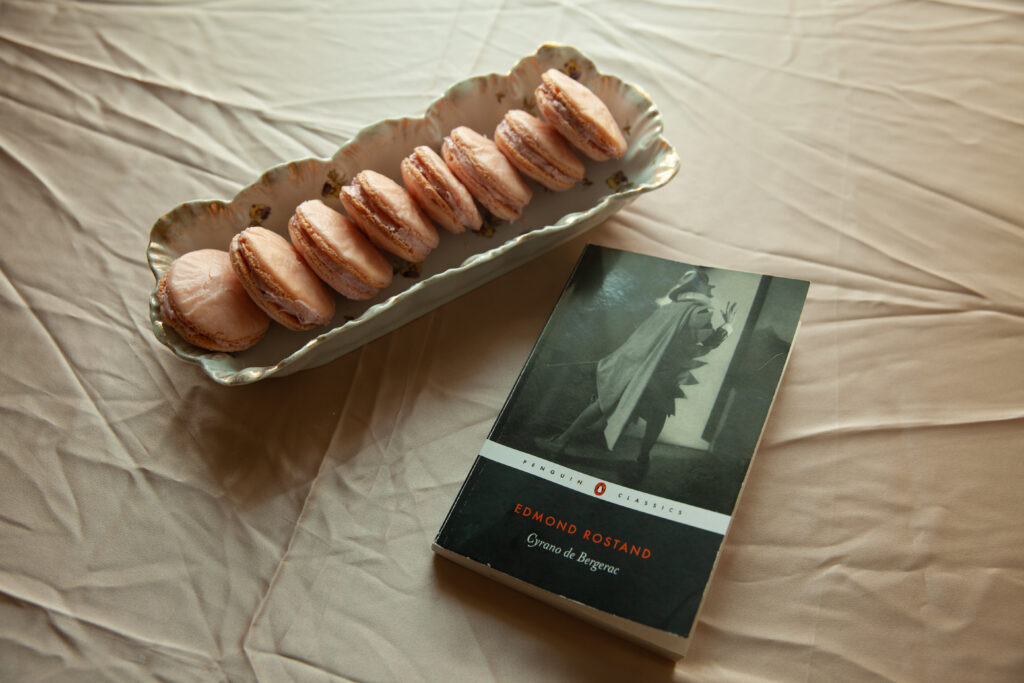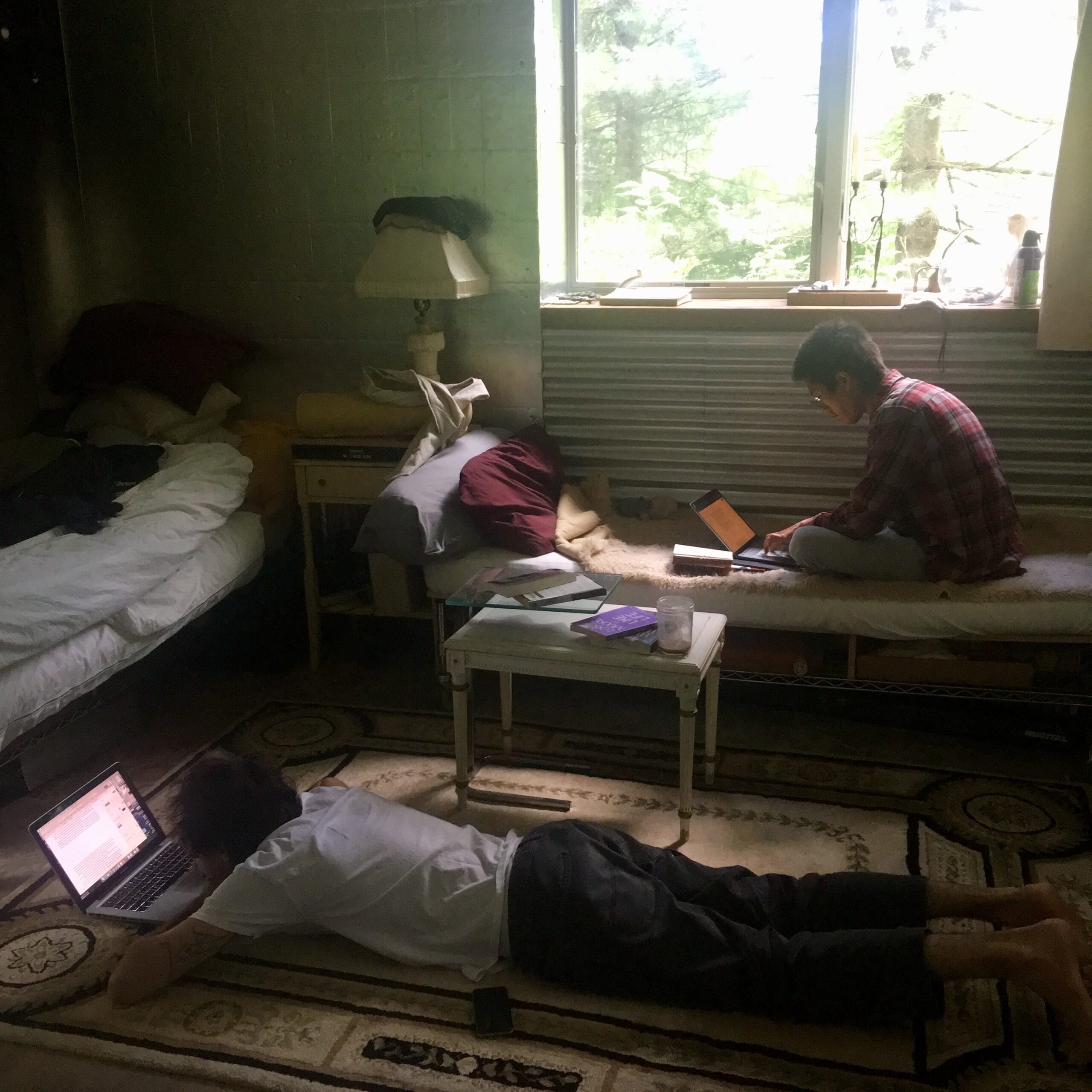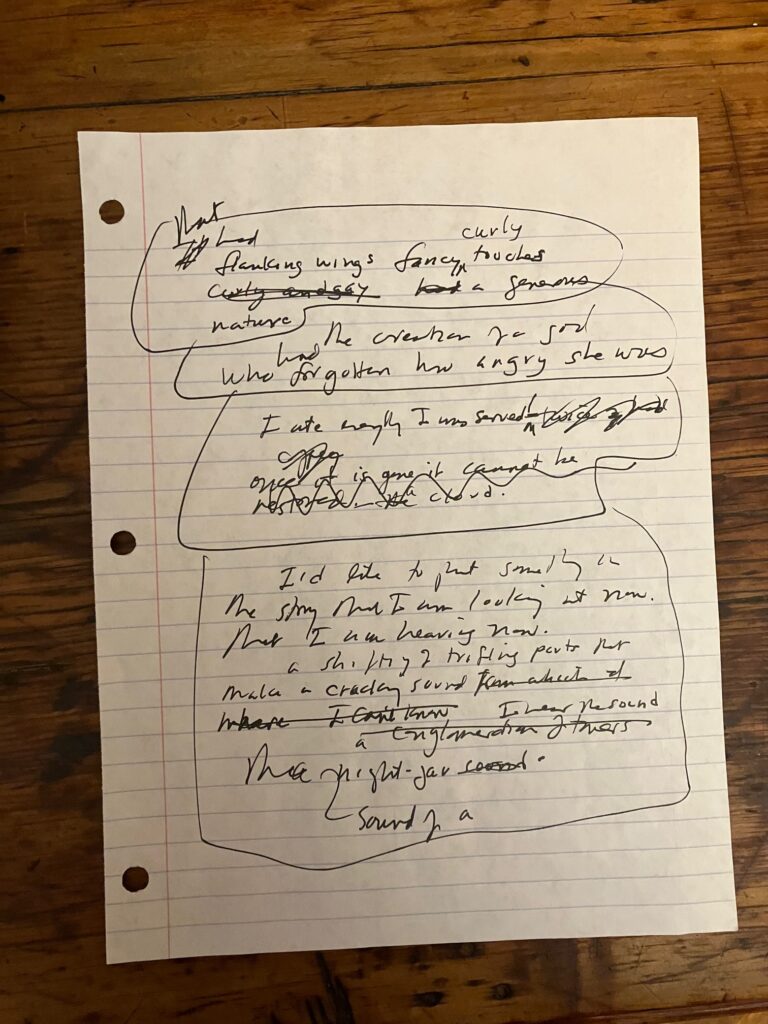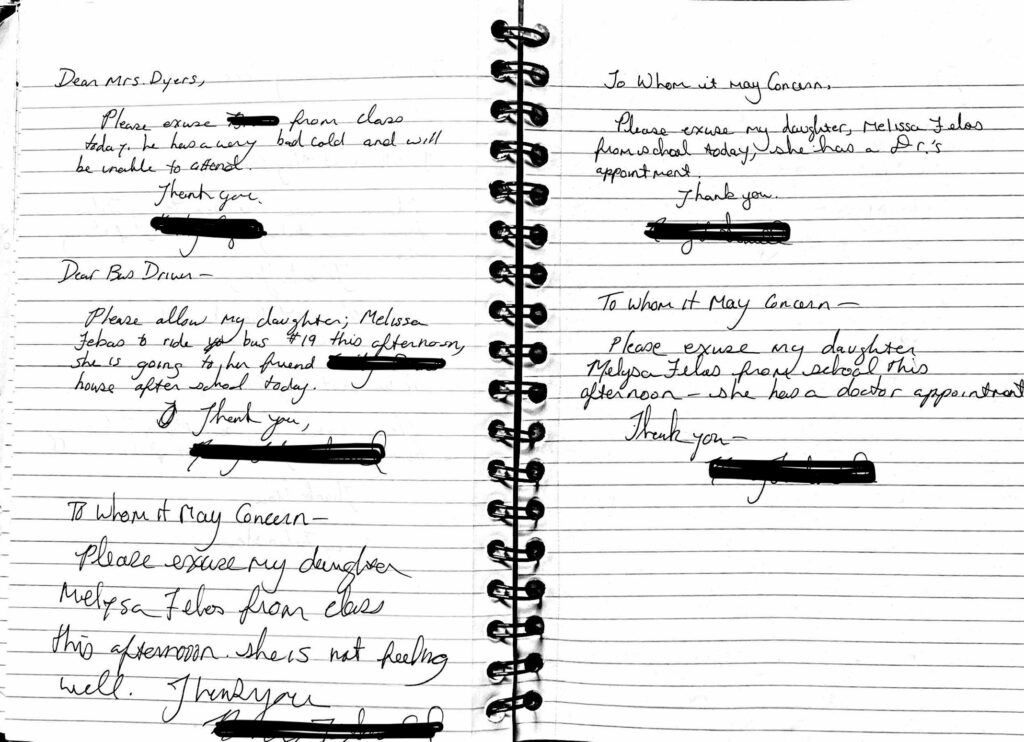Are you one of those people that whenever you go to someone’s house, you say hi to their dog/cat/hamster/any other pet they have before doing anything else? Yeah? Me too. When a dog sneezes, I say bless you. To be honest, animals are literal angels and I am obsessed with them. If you’re like me, you enjoy whenever a cute animal appears in the book you’re currently reading. Animals just make books better, that’s the cold truth. And they will continuously do it every single time. In this next list, I compiled books with pets on the cover, so we can see them front and center!
Some animals have main character energy (MCE), not going to lie. I believe the ones I’m mentioning in this article have a lot of MCE or are beginning to have it. I mean, some of these covers have these cuties before even the protagonists, so you know what? They are clearly the light, the sun, the shining beacon of their own books. Most of the time, whenever I see a pet on the cover, they have a focal part in the story. They either function as matchmakers or helpers for the main human character. Which it’s so fun to see, because they are always chaotic antics happening around them whenever they start getting involved with the plot.
Note: Because we’re mainly talking about book covers, and most of these covers are illustrated, I wanted to include the illustrators and designers who made these beautiful covers. I tried my hardest to find them all, but there are a few that made it impossible for me to do it.
Romance Books With Pets On the Cover
The Honeymoon Cottage by Lori Foster
The Honeymoon Cottage is a book that stays on the line between women’s fiction and romance, definitely. I want to be honest about that, so if you’re looking for a romance romance book, I say keep reading. But if you want a story where you get to meet numerous characters and their lives, this title might be for you.
Wedding planner Yardley has felt, since a very young age, that her mother and aunt don’t appreciate everything she has done for them. When a new bride comes knocking for her services with her brother alongside, Yardley is taking this chance to go all out. With the help of her best friend Mimi, Yardley’s life in Cemetery, Indiana, is about to completely change.
Copyright
© Book Riot




















